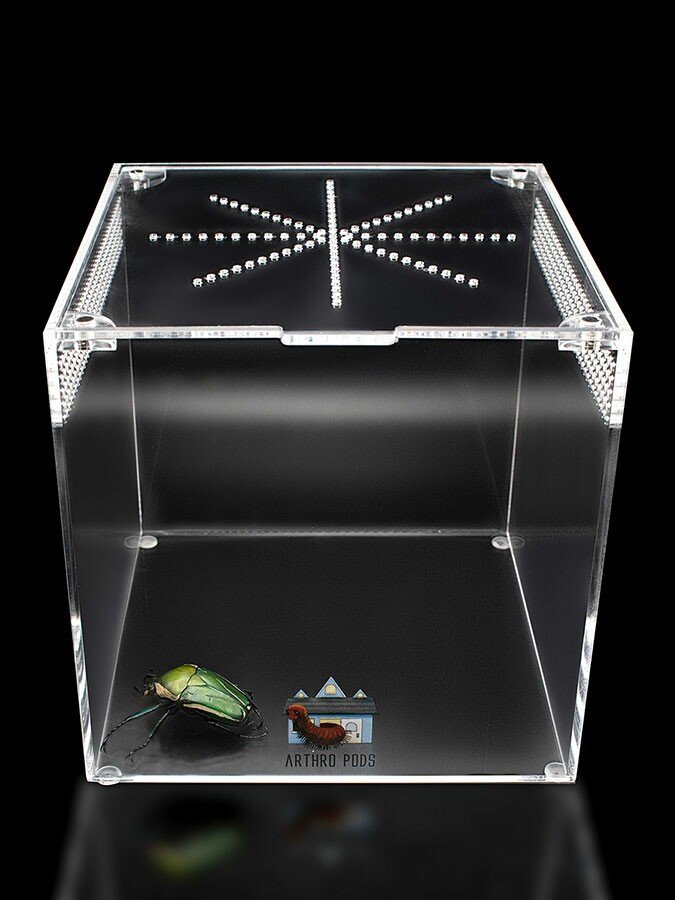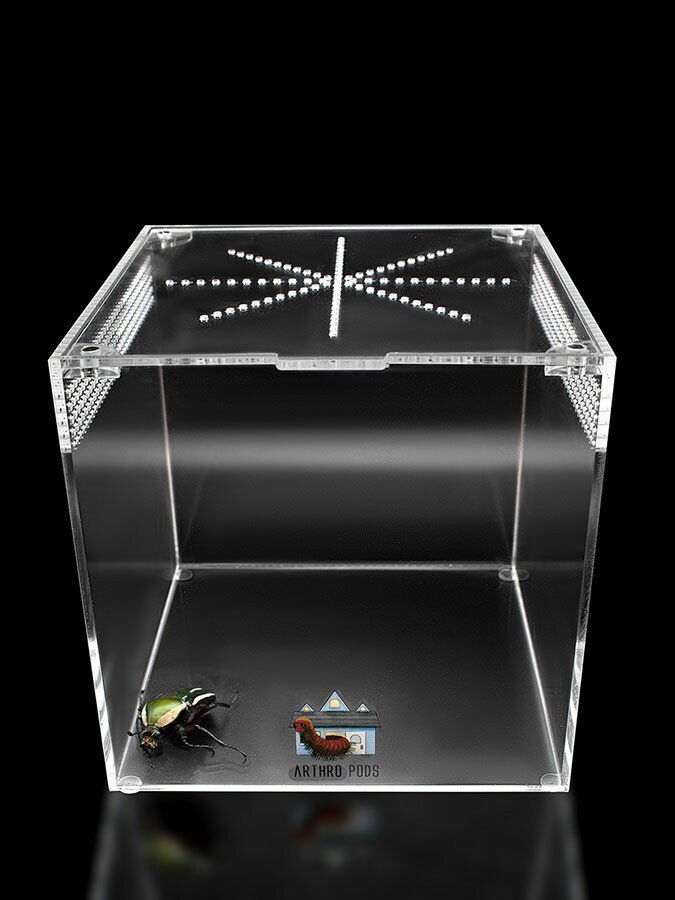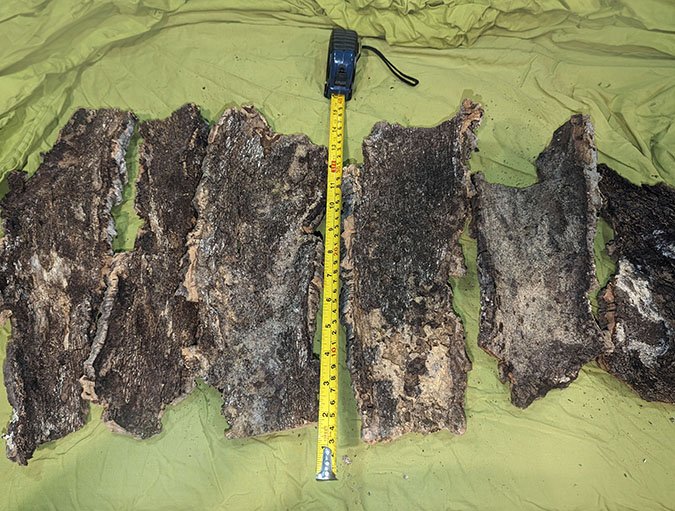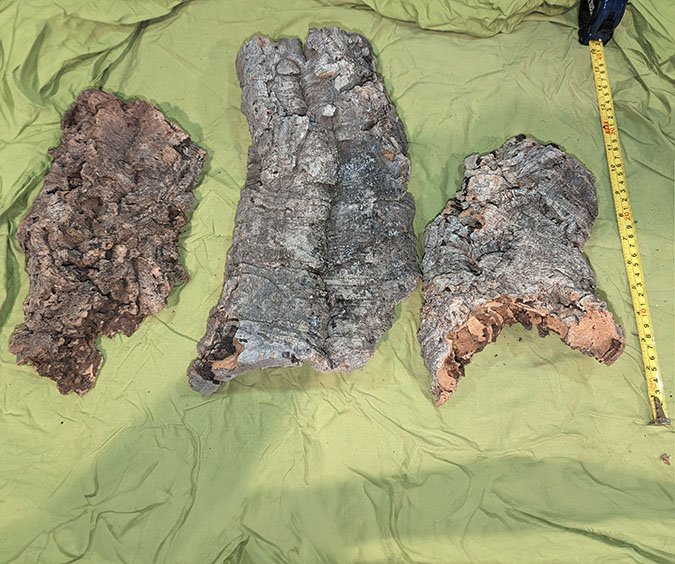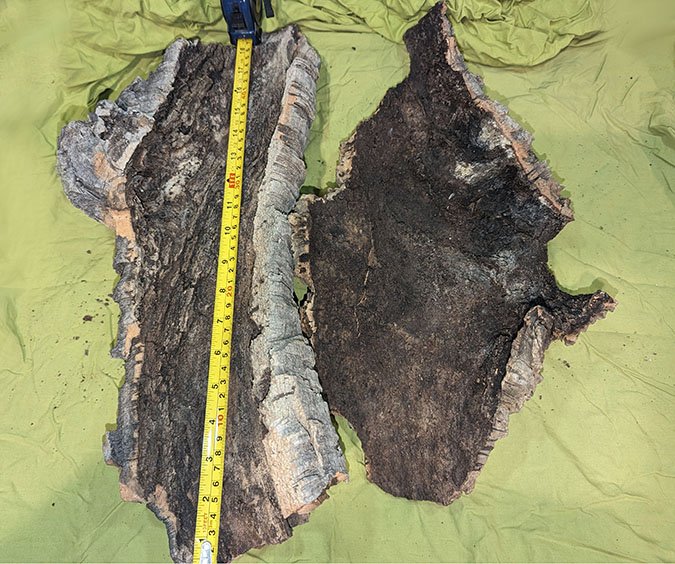Orphnaecus philippinus
Orphnaecus philippinus, commonly known as the Philippine Tangerine Tarantula, is a vibrantly colored Old World terrestrial species endemic to the Philippines, particularly the island of Samar. It is a standout member of the Orphnaecus genus and one of the few tarantulas from the region available in the hobby. With its striking burnt-orange to vivid tangerine coloration, this species offers both visual brilliance and active behavior, making it a favorite among advanced keepers of Southeast Asian tarantulas.
The entire body of O. philippinus—legs, carapace, and abdomen—is coated in uniform tangerine-orange setae, giving it a soft, velvety texture and consistent coloration from end to end. The contrast of this intense coloration with the earthy surroundings of its native habitat creates a natural camouflage during dusk and dawn, when the spider is most active.
As a fossorial tarantula, Orphnaecus philippinus constructs deep burrows reinforced with silk and often exhibits opportunistic webbing above ground, especially around its burrow entrance. Though a terrestrial species, it may climb or explore vertically in captivity if given textured surfaces. Like other Southeast Asian Old World tarantulas, it is highly defensive, extremely fast, and possesses potent venom. It should not be handled under any circumstances and is best observed from a distance.
Orphnaecus philippinus, commonly known as the Philippine Tangerine Tarantula, is a vibrantly colored Old World terrestrial species endemic to the Philippines, particularly the island of Samar. It is a standout member of the Orphnaecus genus and one of the few tarantulas from the region available in the hobby. With its striking burnt-orange to vivid tangerine coloration, this species offers both visual brilliance and active behavior, making it a favorite among advanced keepers of Southeast Asian tarantulas.
The entire body of O. philippinus—legs, carapace, and abdomen—is coated in uniform tangerine-orange setae, giving it a soft, velvety texture and consistent coloration from end to end. The contrast of this intense coloration with the earthy surroundings of its native habitat creates a natural camouflage during dusk and dawn, when the spider is most active.
As a fossorial tarantula, Orphnaecus philippinus constructs deep burrows reinforced with silk and often exhibits opportunistic webbing above ground, especially around its burrow entrance. Though a terrestrial species, it may climb or explore vertically in captivity if given textured surfaces. Like other Southeast Asian Old World tarantulas, it is highly defensive, extremely fast, and possesses potent venom. It should not be handled under any circumstances and is best observed from a distance.
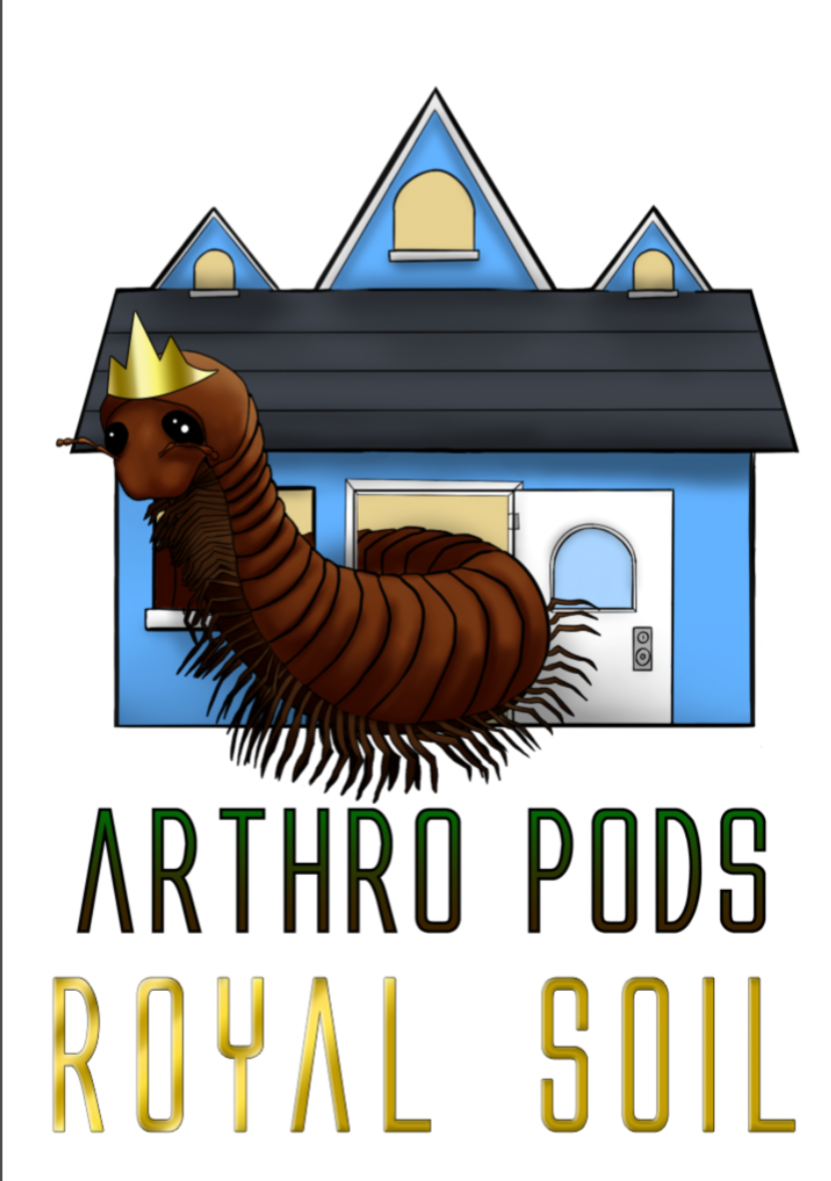

Orphnaecus philippinus, commonly known as the Philippine Tangerine Tarantula, is a vibrantly colored Old World terrestrial species endemic to the Philippines, particularly the island of Samar. It is a standout member of the Orphnaecus genus and one of the few tarantulas from the region available in the hobby. With its striking burnt-orange to vivid tangerine coloration, this species offers both visual brilliance and active behavior, making it a favorite among advanced keepers of Southeast Asian tarantulas.
The entire body of O. philippinus—legs, carapace, and abdomen—is coated in uniform tangerine-orange setae, giving it a soft, velvety texture and consistent coloration from end to end. The contrast of this intense coloration with the earthy surroundings of its native habitat creates a natural camouflage during dusk and dawn, when the spider is most active.
As a fossorial tarantula, Orphnaecus philippinus constructs deep burrows reinforced with silk and often exhibits opportunistic webbing above ground, especially around its burrow entrance. Though a terrestrial species, it may climb or explore vertically in captivity if given textured surfaces. Like other Southeast Asian Old World tarantulas, it is highly defensive, extremely fast, and possesses potent venom. It should not be handled under any circumstances and is best observed from a distance.
What's the ideal diet for a Philippine Tangerine Tarantula?
All Tarantulas can eat a variety of feeders. Stick to crickets, dubia roaches, silkworms, horned worms occasionally, and a superworm or mealworm as the occasional treat!
How should I keep a Philippine Tangerine Tarantula?
You can start with the Fossorial Fissure Small enclosure for this particular creature. When they are about ⅓ the size, you will want to go to the Fossorial Fissure Medium or Fossorial Fissure Large enclosure. Feed them as slings once a week, twice if their opisthosoma (abdomen) looks small, but if the opisthosoma is wider than their prosoma (pneumothorax), then wait a couple of days to feed. For juveniles or adults, stick to feeding once a week, nothing larger than their opisthosoma. Make sure to keep a full water dish at all times; wider and deeper is preferred.
How long could a Philippine Tangerine Tarantula live?
Females are believed to live upwards of 15+ years, and males not exceeding around 4 years of age. All estimates are based on multiple sources.




